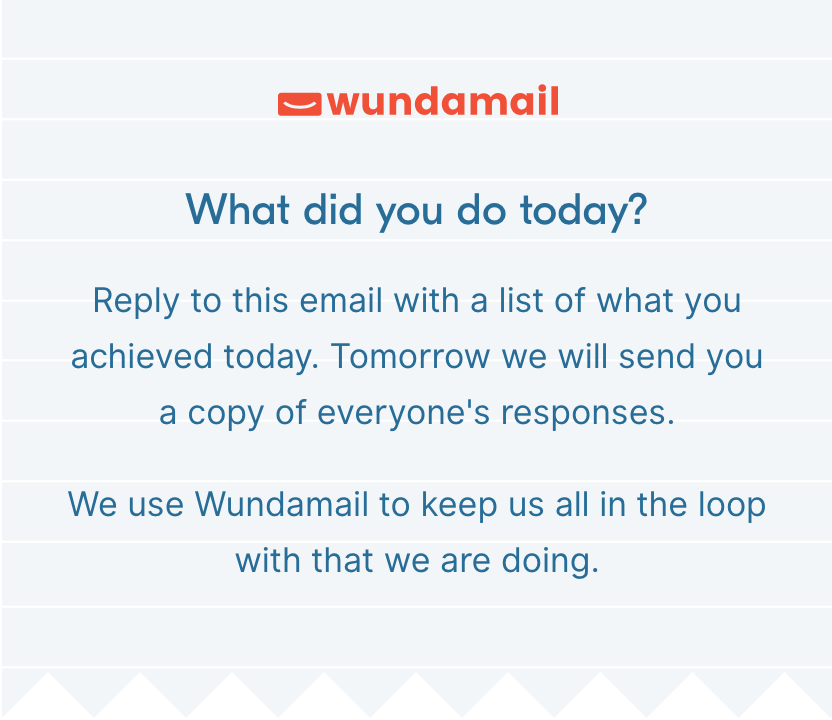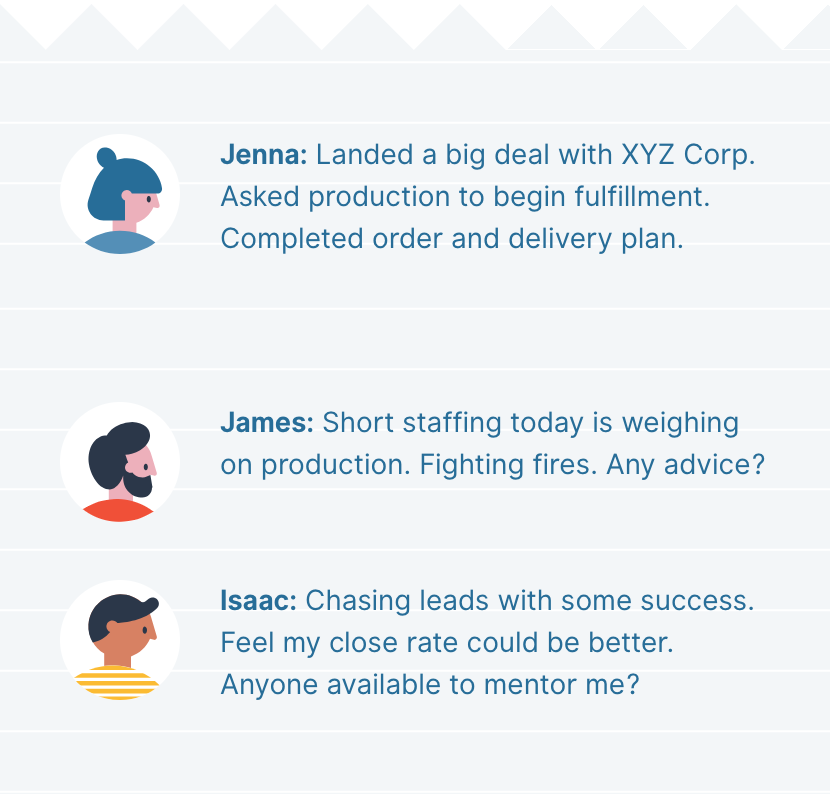One question every leader must ask themselves in 2019 is ‘How do I communicate on an individual level?’ Modern modes of communication are so varied, it's difficult to pin-point which avenue works best.
There is no correct answer to this question, as each individual is different- adaptable approaches need to be carried out with the interest of both parties at the helm. With this in mind, you need to understand the core attributes of effective one-to-one communication, in order to disseminate the interests of your organisation whilst upholding a positive, influential relationship with your employees. What may now seem like a difficult, unrewarding task can inspire inclusivity and productivity within your teams, while simultaneously keeping each individual accountable for their actions.
Using Short Dialogue To Inspire Change
Leaders hoping to inspire change have a tendency to over-complicate the process with admirational speeches and life lessons from the past. In reality, exchanges need not extend the boundaries of who, what, when, where, why.
- Who you are speaking to- what is their role, age, and experience level?
- What change you are trying to inspire; A change in attitude, desire, motivation, behaviour or creativity.
- When refers to the urgency of the communication, when does the communication need to happen and when do you expect the change to be implemented.
- Where is the communication going to happen? Online, over the telephone, face to face, etc.
- Why are you communicating with your employee? Are they falling behind, or are they excelling. Do you need to offer guidance, push them harder or give them a slap on the back?
Your initial contact is the most important part of this process and sets the tone for the rest of the conversation. A question as simple as: ‘What have you done today?’ offers a promising start, for example. With Wundamail, you can choose one of our simple templates or customise your daily email completely. All you have to do is decide which question will get the most out of your team.

The feedback stage takes the form of a daily email, in which the team’s responses are compiled and circulated for all to see. But here’s a true management secret- before this happens, team leaders can single out, and give feedback on any individual response. Depending on context, you can choose either to start your own private or public conversation with the respondent, or even highlight their response as an example of best practice.

Let’s take an example: Isaac from the sales team responds “Chasing leads with some success. Feel my close rate could be better. Anyone available to mentor me?”. Not only does allow everyone else on your team to see this roadblock, but it enables you, as team leader, to respond to the message privately. You could perhaps follow up with him, offering your best advice so he is able to learn, improve and succeed the following day.
If you prefer, you can also respond publicly so the entire team can see your response. A quick daily email is all it takes to improve team function and individual inspiration - this method of engagement allows the whole team to collaborate whilst each individual is also being supported.
Consider Your Message
When initiating contact with an employee, it’s important to set the correct tone from the outset. The tone you choose must represent the style of leadership you ought to fulfill each day. Make a decision on what type of leader you are going be to. For example, would you like to be a Cheerleader, a Monitor or a Nurturer?
You can choose to be a Cheerleader by asking uplifting, stimulating messages, such as “Team, Do you have any suggestions?“. In doing so, you open yourself up to responses that require a certain degree of creative spark. You can encourage thinking as a collective, and reinforce the importance of working towards a common goal. Members of your team may also recognise the suggestions of their colleagues and offer praise, which will improve relationships and ignite meaningful conversations.
Alternatively if you want to lead as a Monitor you should ask a more direct, accountable question such as “What Have You Done Today?”. Not only do you get to review each member’s productivity, but you make employees answerable to their peers.. You can then reward good behaviour of those who are performing well. It also offers an opportunity for you to quickly identify individuals who may be struggling, or are in need of some extra guidance or managerial insight. By producing a platform whereby everyone is accountable and individuals can be monitored, you are able to keep an eye on the performance of each member of your team, whilst liberating the top performers.
If you want to Nurture your staff and strengthen difficulties that your team members may be experiencing, you can ask a question such as “Any Concerns?”. This method of leadership allows you to take an alternative approach, in the sense that accountability is less direct and sharing concerns is encouraged rather than competition between individuals. You can take your team’s responses and encourage group thinking, as you work collectively towards a solution.
Keeping Individuals Accountable
When it comes to keeping teams accountable, it’s not as easy as addressing individual tasks to individual employees and then observing the outcome. Cultivating responsibility is a process; long and complex. It requires daily check-ups and feedback. When executed correctly, there will be interventions of support as well as criticism, with one to one communication being at the core of its sustainability. It’s about ownership, not only of your tasks but of your people. Once again, you must prioritise initial contact and the tone of your question, in order to clarify operations within your team.
The first question at the start of the week outlines the tone for the rest of the week. Take “What have you done today?”, as an example. We have established this is a good approach for a monitoring leader. Your team can respond with their individual achievements, which enables you to applaud good behaviour, whilst offering support to those who are struggling. The next day, the very same question will trigger that ongoing accountability. You will already be aware of what tasks were completed yesterday, so the same task can’t be completed today. By having names and images attached to the responses in the compilation, you can hold each member accountable for their actions.
If ‘Employee X’ completed three large tasks yesterday but only one today, you’ve identified a drop in productivity. With Wundamail, you can use the one-on-one feature to contact them and ask for an explanation, offer support, or encourage a more collaborative atmosphere.
To illustrate further, if ‘Employee Y’ completed just one large task yesterday but three large tasks today, you’ve identified an uptick in productivity. This is likely a result of the advice that was given from the previous day. This method of management allows you to reward great productivity, and keep track of performance drops. By monitoring individual performance through a simple daily question, each team member is made accountable for their actions. Regardless of location, you create an environment in which team members feel confident sharing setbacks or failure, as well as reporting progress and success.



